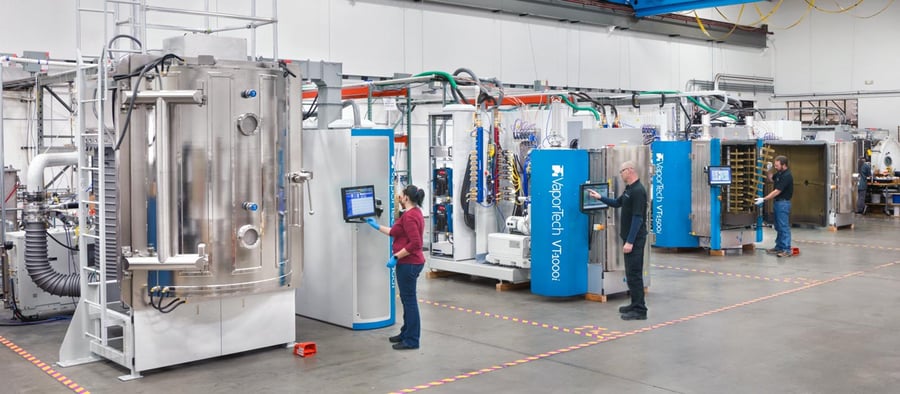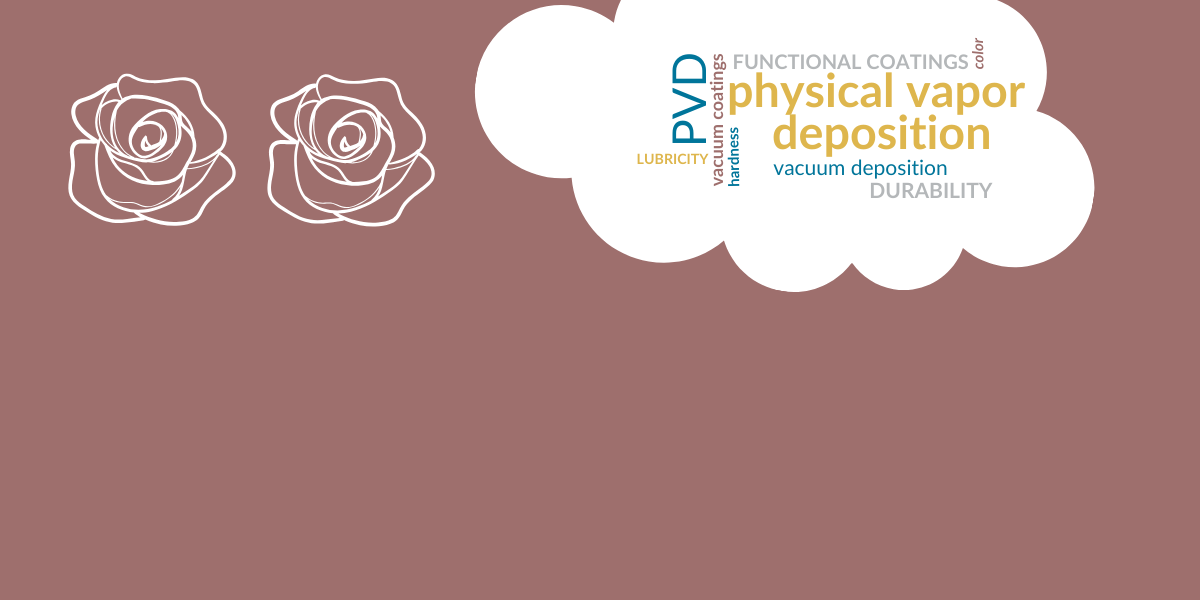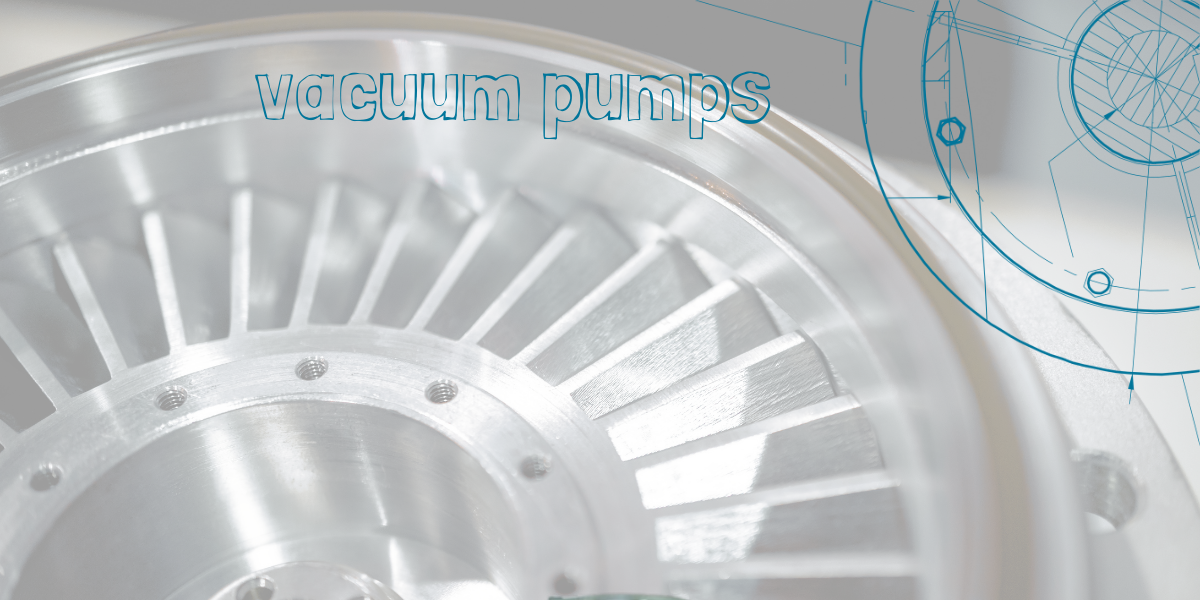Performance PVD coatings improve the surface properties of machine components and tooling used in fabrication processes. Some applications are:
For best results, choose the right base material to work with your coating
Although some coating materials are extremely hard and/or lubricious, they are also very thin, typically ranging from a few microns to tens of microns. As such, their impact on material performance is restricted to phenomena occurring at the part (known as the “substrate”) surface. Therefore, in functional/performance applications, the substrate material must be compatible with the type of stress or environment to which it will be subjected. For example:
- Coatings for corrosion protection must be inert to the environment and compatible with the substrate material to prevent galvanic reactions (substrate degradation).
- The substrate material must withstand the heat generated during part/tool operation for high-temperature applications. For example, apply a coating that can withstand 600oC to a steel tool that is heat treated and tempered to 400o. The PVD process will not raise the operating temperature of the part/tool to 600oC. The substrate is the weak link in that case. Note: The maximum operating temperature of a coating should not be confused with the PVD processing temperature used to create that coating, which we discuss below.
- Heat treatment of mechanical components and tools (heating, quenching, and tempering) is ubiquitous in the industry. It typically leaves residues that subsequent processes may or may not remove (g., grinding and polishing). All superficial byproducts of those processes must be removed before PVD processing. It is also important to note that the PVD process should be performed at temperatures below the tempering temperature of the substrate material.
- Avoid thermochemical processes such as black oxide and nitriding. Plasma nitriding followed by PVD coating within the same chamber and without breaking vacuum is an exception.
- Mechanical applications vary in nature, and the type of wear (g., abrasive, adhesive, erosion, tribo-oxidation, etc.[1]) require specific coatings and, just as important, may necessitate substrates with suitable properties such as hardness and elastic modulus that can provide adequate support to the coating during operation.
Cleaning parts before PVD coating.
Once you've selected the base material and pre-treated it (if applicable), consider these options for cleaning your parts:
- Before being placed inside the deposition chamber, the substrate's surface should be free of contamination, such as oils, mill scales, and oxidation. If the parts or tools are fabricated beforehand, they should be coated with an “easy to remove” rust inhibitor to protect the surface from corrosion/oxidation. All substances (contaminants or protective coatings) must be removed before racking parts in the PVD chamber.
- Media blasting, if required, should be performed at lower nozzle pressures and at a shallow angle to prevent embedding bead material into the substrate. If not removed before PVD processing, those particles may later fall off, removing the PVD coating with them and potentially leading to third-body wear during operation.
- Substrate polishing before PVD also requires proper cleaning attention. Some polishing compounds can leave residues that are difficult to remove. Polishing wheels can also leave residue inside features such as channels or inside corners that ultrasonic baths (aqueous or vapor degreasers) do not easily remove.
VaporTech® PVD coating machines
Vapor Technologies (VaporTech) manufactures performance PVD coating machines for fabrication tools and tooling, molds and dies, and other performance applications such as automotive, medical devices, and precision components. You can find more information about pre-PVD cleaning here. Please contact us to discuss substrate selection and cleaning options to prep your parts for PVD coating.
[1] https://en.wikipedia.org/wiki/Wear
Recent posts
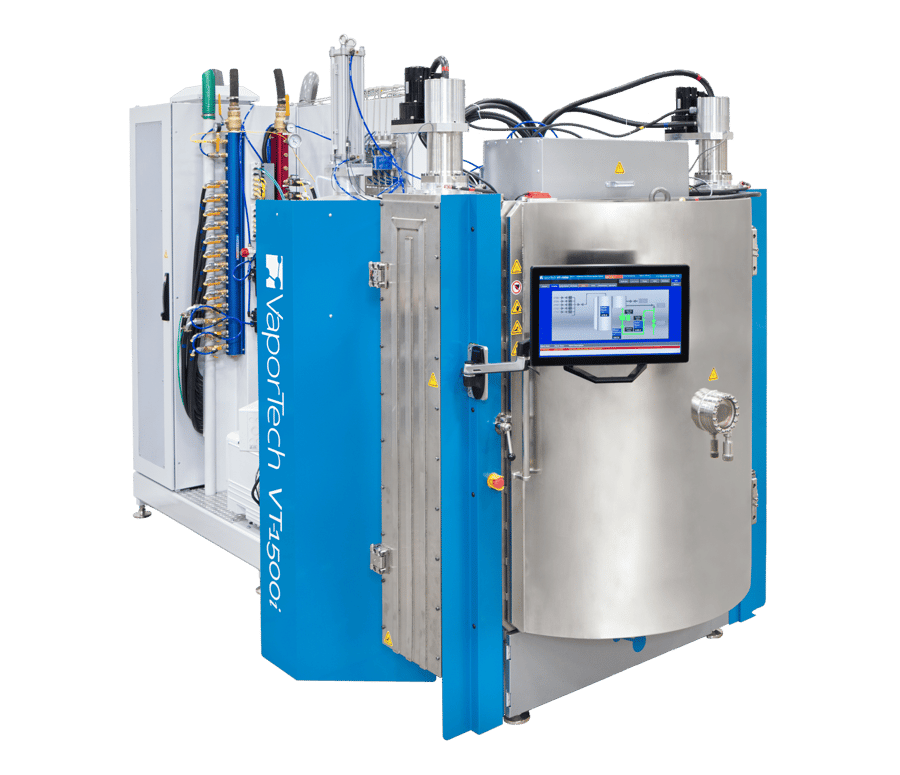
No Ph.D. Required: VaporTech Machines Make The PVD Coating Process Easy
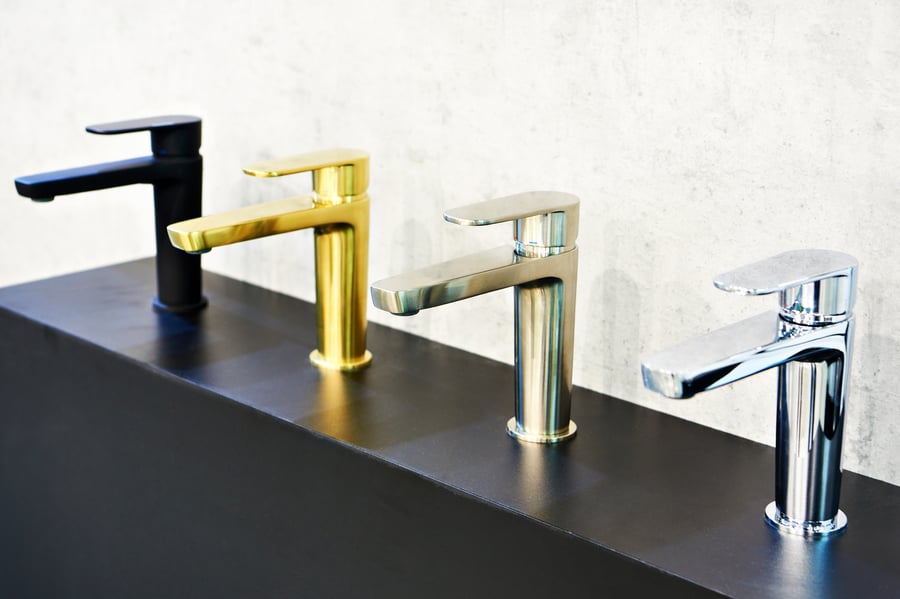
PVD Coating Durability: Does PVD Coating Wear Off, and How Durable is PVD Coating for My Product?
